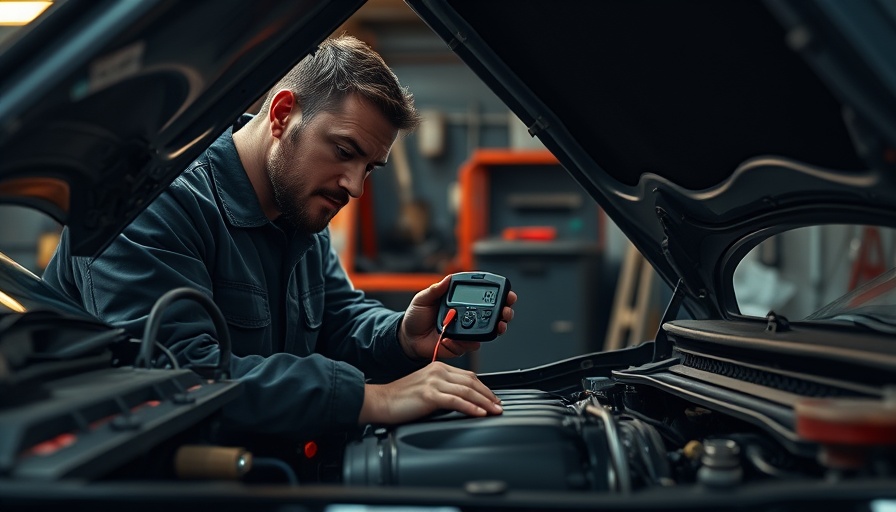
Understanding OE-Specified Voltage Environments for Safe Reprogramming
As technology in automobiles evolves, ensuring a stable voltage environment during vehicle reprogramming has become increasingly essential. Vehicle repair shops, whether they utilize an OEM tool or a pass-through device, need to pay close attention to specific voltage recommendations from different original equipment manufacturers (OEMs). These specifications vary not just across different brands but can also differ from model to model within the same manufacturer.
The Importance of Choosing Correct Voltage
Using the correct voltage during reprogramming is crucial to prevent damage to the vehicle's electronic systems. An unstable voltage can lead to communication errors or incomplete programming, potentially resulting in costly repairs. For instance, the recommended voltage for an Acura is 'above 12V,' with an ideal target of 13.5V—anything lower could disrupt the process. Similarly, Audi requires a voltage range of 12.8V to 14.2V, emphasizing the critical need for maintaining a voltage above 12.5V during procedures.
Detailed Voltage Recommendations
Below are some specific voltage guidelines from various automotive manufacturers:
- Acura: Above 12V; ideal target is 13.5V.
- Audi: 12.8V-14.2V; must remain above 12.5V.
- BMW: A strict 14.2V; 13.8V for lithium batteries.
- Buick & Cadillac: Both recommend 13.4V.
These specifications are essential for automotive maintenance as they guide technicians in ensuring proper operational conditions for reprogramming modules, thus enhancing the efficiency and safety of repairs.
Take Control of Your Auto Repair Practices
In conclusion, familiarizing oneself with the OE-specified voltage environments is a vital step for anyone involved in auto repair or maintenance. Understanding these specific needs helps prevent mistakes and ensures vehicles perform optimally post-reprogramming. For an updated and comprehensive guide, check the downloadable chart provided by Clore Automotive.
 Add Row
Add Row  Add
Add 




Write A Comment